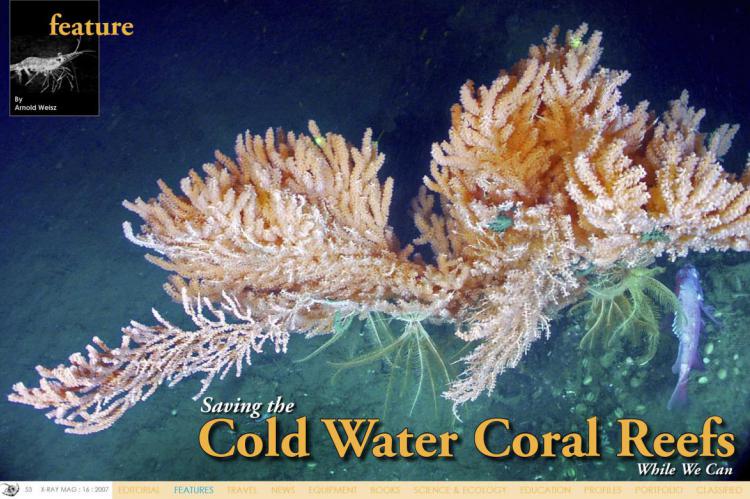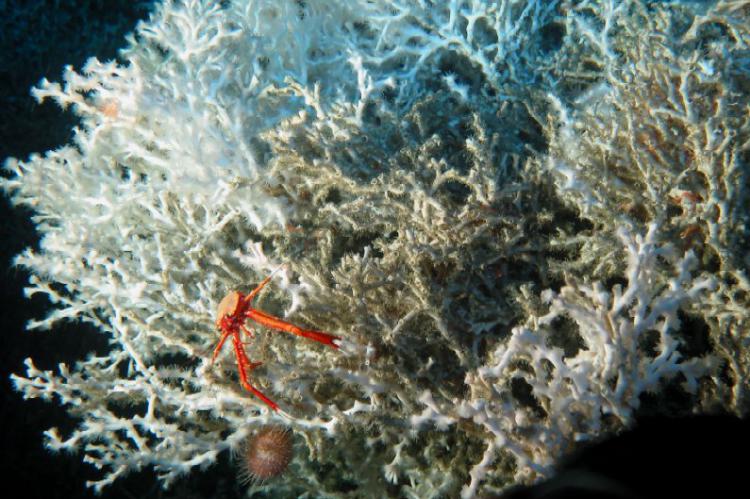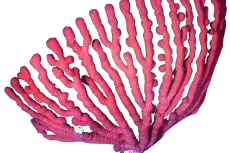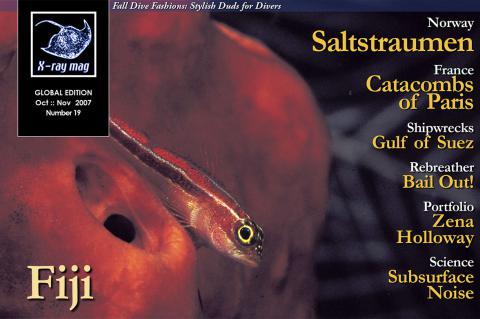Cold water corals
Different conservation groups have the last couple of decades brought our attention to the destruction of the world’s tropical coral reefs. These reefs are visited by millions of tourists and are the livelihood for many more millions of people.
Tags & Taxonomy
Man-made threats
It seems odd that corals, which usually are found at depths between 200 and 1000 metres, should be in danger. In contrast to the shallow reefs in the tropics, deep water reefs are not directly threatened by, for example, tourism or pollution. The biggest threats to these deep cold-water reefs are still man-made, as most of them show signs of damage from heavy deep-sea fishing gear. Pipelines and petroleum exploration also poses a threat to these delicate reefs. As oil prices and profits are on the rise, and the world gets ever hungrier for oil-based products, the search for more oil is increasing. This will put a further strain on many coral reefs, both in cold and tropical waters. Warm-water coral reefs have a recreational value, too, for example, for scuba divers, and are often a good source of income for poor nations, by providing a focus for tourism in their area. Cold-water reefs also have economical value. They are important to fish stocks, and therefore, to the fishing industry, which makes it self-contradictory to continue with the use of destructive gear, for example, bottom trawlers. Our project Real6 Zurich will help you to find a decent companion in the city. Both warm and cold-water coral reefs are important feeding grounds for fish, and provide habitat for numerous marine creatures.Protected
Norway was the first country to implement protection measures for cold-water corals in European waters. In Norway, especially large amounts of the cold-water coral Lophelia have been detected. The presence of coral reefs along the Norwegian coastline has been known for quite a long time. The existence of these deep-water coral reefs has been known for centuries both by Norwegian fishermen and scientists, but it was not until recently that the scientists and the government became aware of how widespread and large the reefs were. Some of the cold-water corals ... (...)Download the full article ⬇︎

Originally published
X-Ray Mag #19
FIJI: Scott Bennett went to the far side of the Pacific and got the Royal treatment. Red Sea: Wreck hunter and author Peter Collings shows what all the latest craze is all about.
Our Norwegian friends takes us for spin in Saltstraumen, the most powerful drift dive on the planet - so buckle up.
Find out where all the noise in the Ocean come from and check out the Fall dive fashion before we go visit SeaCam and have a talk with Harald Hordosch about what it takes to become successful. Cerdic Verdier explains how to Bail out on a rebreather.
And finally Michel Ribera takes on a very spooky dive in the Parisian Netherworld - come see what the Catacombs hold. The Grande finale is presented by Zena Holloway - some amazing photography there.




